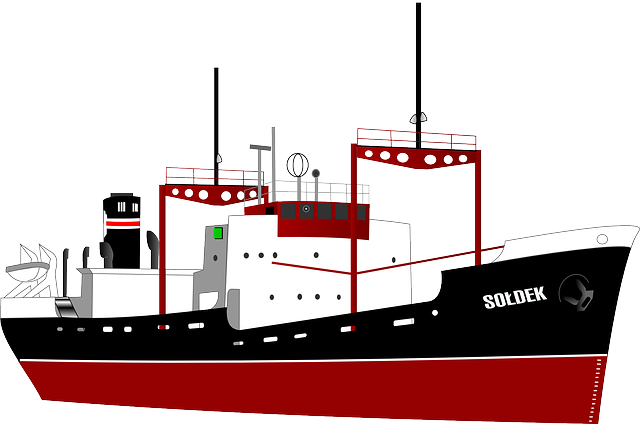Vehicle shipping costs vary based on vehicle type (cars vs. SUVs vs. trucks), size, distance traveled, origin and destination, weather, and market demand. Shorter routes and less remote locations typically result in lower costs, and strategic timing can also save money.
Shipping a vehicle cross-country involves more than just finding a carrier. Understanding various factors influencing costs is key to budgeting effectively. From distance and vehicle type to time sensitivity and origin, each plays a role in the final price. Learn about transportation fees, loading/unloading charges, insurance options, and additional services. Get tips on comparing quotes, planning ahead, negotiating rates, and staying informed during peak seasons to maximize transparency and potentially save money when shiping your vehicle long-distance.
- Understanding Vehicle Shipping Costs: Factors at Play
- – Distance and Route: How the length and route of transportation affect pricing.
- – Vehicle Type and Size: Variations in rates for cars, trucks, SUVs, and other vehicles.
Understanding Vehicle Shipping Costs: Factors at Play

Understanding Vehicle Shipping Costs: Factors at Play
The cost to ship a vehicle cross-country is influenced by several key factors. One major consideration is the type and size of the vehicle you’re shipping—cars, trucks, SUVs, and other specialized vehicles each have different weight and dimensions, which directly impact the shipping price. Additionally, the distance traveled plays a significant role; shorter routes are generally cheaper due to reduced fuel costs and lower labor expenses.
Other factors include the origin and destination of the vehicle. Locations in remote or less populated areas may incur higher rates because of the added logistical challenges and potentially longer transit times. Weather conditions and seasonal fluctuations can also affect shipping costs, as harsh weather might necessitate specialized handling or delay shipments. Furthermore, the current market demand for vehicle shipping services can cause prices to fluctuate, so timing your shipment strategically could lead to significant savings.
– Distance and Route: How the length and route of transportation affect pricing.

The cost to ship a vehicle cross-country varies significantly based on the distance and route chosen. The longer the journey, the higher the shipping costs tend to be due to increased fuel expenses and potential detours. For instance, transporting a vehicle from Los Angeles to New York City, a distance of approximately 2,800 miles, can cost substantially more than a trip within the same state or even to an adjacent one.
Additionally, the route taken plays a crucial role in pricing. More congested routes with higher tolls and limited highway access may result in longer travel times and consequently higher shipping fees. Conversely, selecting a more direct and less trafficked route can lead to savings. Therefore, when planning to ship a vehicle across country, understanding both the distance and the potential route is essential for budgeting effectively.
– Vehicle Type and Size: Variations in rates for cars, trucks, SUVs, and other vehicles.

When shipping a vehicle cross-country, the cost can vary significantly depending on the type and size of your vehicle. Cars, for instance, typically have lower shipping rates compared to larger vehicles like trucks or SUVs. This is largely due to their smaller overall dimensions and weight, which results in less fuel consumption during transport.
SUVs and trucks, on account of their increased size and weight, generally command higher shipping costs. These larger vehicles may require specialized carriers and often take up more space, leading to additional charges. It’s important to note that while these are general trends, specific rates can fluctuate based on factors like the distance traveled, current market conditions, and the reputation of the shipping company.
When shipping a vehicle cross-country, understanding the factors influencing cost is key. Distance and route play a significant role in pricing, with longer or more intricate paths typically incurring higher fees. Vehicle type and size also dictate rates; cars, trucks, SUVs, and other vehicles have varying costs due to differences in size and weight. By considering these elements, you can better prepare for the expenses involved and make informed decisions when shipping your vehicle across the country.
